By Dr. Fred Mayo, CHE, CHT
 Diversity, exercise and focus are three areas that educators can capitalize on in the remaining summer months.
Diversity, exercise and focus are three areas that educators can capitalize on in the remaining summer months.
Last month, we discussed “Pursuing the ABCs of Your Professional Development.” They included Activities, Books and Conferences. This month, we will focus on the DEFs—Diversity, Exercise and Focus—other aspects of your professional development, something that we are all doing a bit of this summer.
D – Diversity
Since diversity is an increasingly important aspect of teaching—the diversity of students, the range of their backgrounds and skills, the variety of their learning styles—it is a concept that you probably think a lot about and work with in your daily teaching activities. Each of us has been involved in diversity workshops where we were reminded to recognize and honor the diversity of our students, a practice that we take seriously as educators.

 Successful transitioning from hands-on learning to hybridized classes depends on faculty who can create dynamic and engaging course content delivered with students’ best interests in mind.
Successful transitioning from hands-on learning to hybridized classes depends on faculty who can create dynamic and engaging course content delivered with students’ best interests in mind.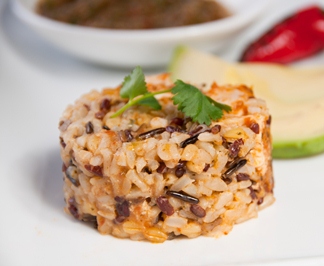 According to NPD, more adult consumers aspire to eat smaller portions in the coming year, suggesting that this healthy eating strategy will become more important in the future.
According to NPD, more adult consumers aspire to eat smaller portions in the coming year, suggesting that this healthy eating strategy will become more important in the future.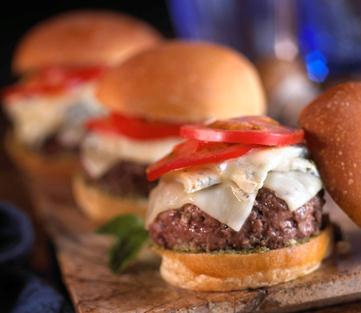 Technomic identifies what consumers find most appealing about burgers offered at more than 40 leading limited- and full-service chains.
Technomic identifies what consumers find most appealing about burgers offered at more than 40 leading limited- and full-service chains.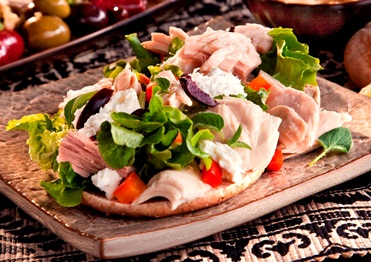 Total and fried seafood servings at restaurants are on the decline, but non-fried seafood consumption is increasing.
Total and fried seafood servings at restaurants are on the decline, but non-fried seafood consumption is increasing. The egg market shows no signs of cracking in the current economy, says Mintel. And most consumers disagree that organic eggs are healthier.
The egg market shows no signs of cracking in the current economy, says Mintel. And most consumers disagree that organic eggs are healthier.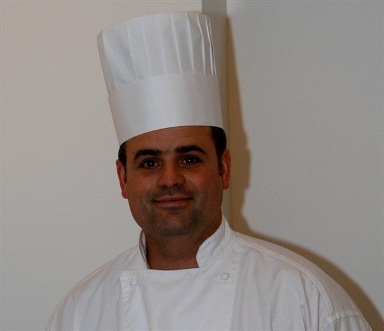 With more than 30 years in the business, Chef Philip DeMaiolo of New York’s Pier Sixty and The Lighthouse thrives under the pressure of making each event memorable.
With more than 30 years in the business, Chef Philip DeMaiolo of New York’s Pier Sixty and The Lighthouse thrives under the pressure of making each event memorable. Diversity, exercise and focus are three areas that educators can capitalize on in the remaining summer months.
Diversity, exercise and focus are three areas that educators can capitalize on in the remaining summer months.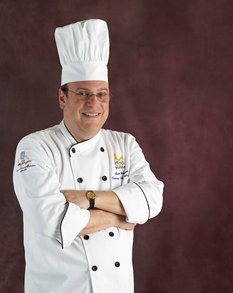 Chef Weiner suggests five steps to help students overcome their reticence toward baking.
Chef Weiner suggests five steps to help students overcome their reticence toward baking.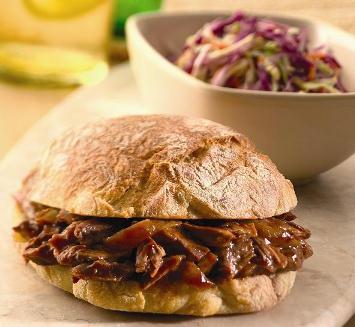 Barbecuing lamb brings together a richly flavored, homegrown product and one of America’s specialty cooking methods. It also helps teach our students about cuts of lamb that they may not often cook.
Barbecuing lamb brings together a richly flavored, homegrown product and one of America’s specialty cooking methods. It also helps teach our students about cuts of lamb that they may not often cook.